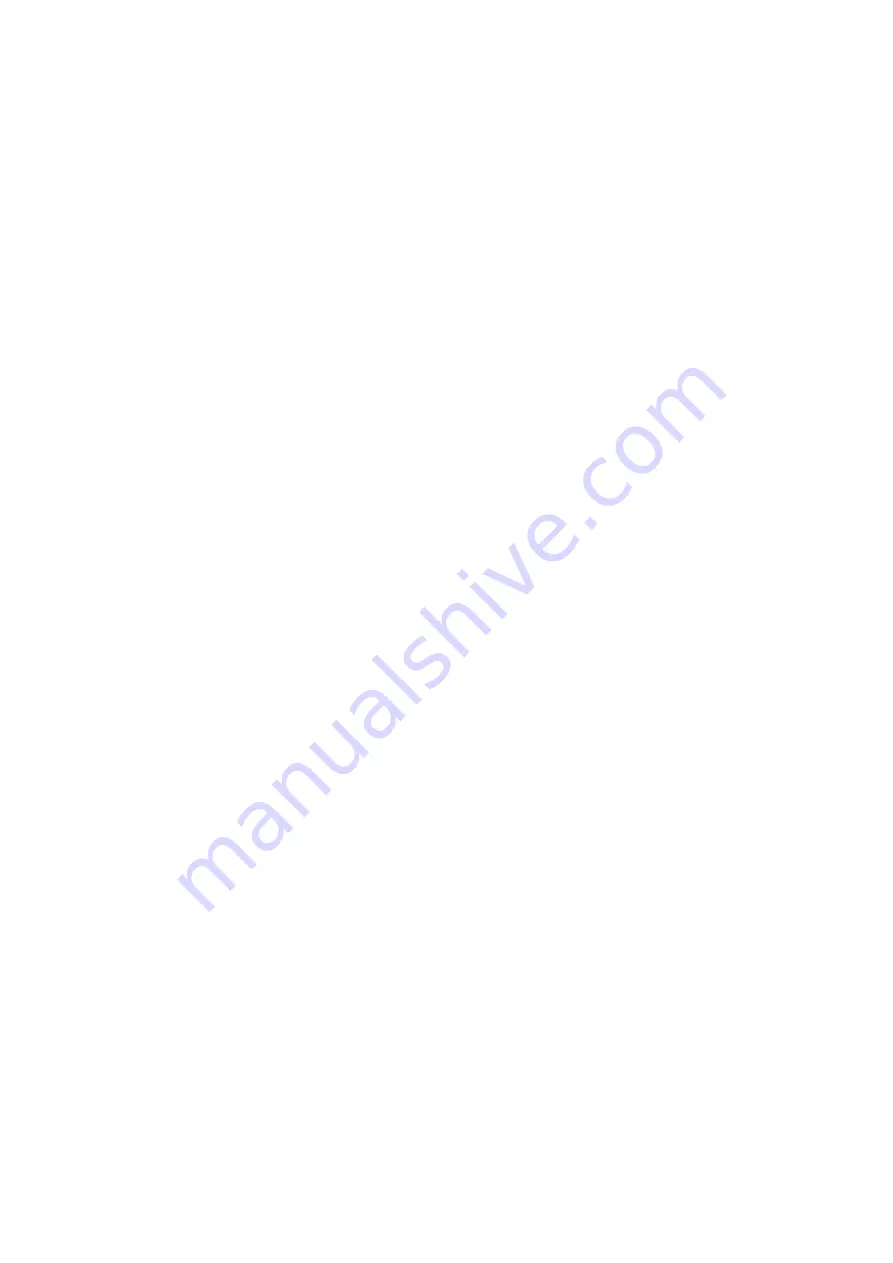
29
•
Long horizontal and vertical spraying range.
•
Working time is saved not only during the actual appli-
cation, but also during the preparations, i.e. less spray
solution has to be transported to the site and fewer re-
filling stops are required.
•
The formation of very fine droplets enables the concen-
tration of active ingredient to be increased and the total
amount of spray solution to be reduced - a water sav-
ing of up to 80%.
Choice of spray chemical
In the case of plant protection products preference should
be given to biological products which do not harm useful
insects. Local plant protection services and other experts
provide information on the best type, application and con-
centration (mix ratio) of products.
Note: Never
apply the active ingredient in concentrated form
(undiluted).
Determining and mixing required quantity of solution
Step 1:
Determine the surface area to be treated in square meters
(m
2
). In the case of ground crops, simply multiply the
length of the field by its width. The surface area of high-
growing plants is calculated roughly by measuring the
length of the rows and the average height of the foliage.
The result is multiplied by the number of rows and then by
two - if both sides have to be treated.
Step 2:
Refer to the instructions for use supplied with the active in
gredient to establish the required quantity (usually quoted
for 1 hectare [ha]) and the concentration (mix ratio) of the
solution. Manufacturers normally quote the concentration
required for high-pressure spraying. Low-volume mistblo
wing uses only about
one quarter
of this quantity. If the in
structions for use do not contain any data for low-volume
mistblowing, reduce the amount of carrier liquid (water)
accordingly to suit the required concentration of active in
gredient. This produces the quantity of solution required
for treating 1 ha.
Step 3:
Multiply the quantity of solution required for 1 ha by the
surface area determined in step 1. The result is the quan
tity of solution needed for the surface area to be treated.
Example:
A field with a length of 120 m and width of 30 m is to be
treated with a pesticide. According to the maker's instruc
tions, 0.6 liters are required per hectare to obtain a con
centration of 0.1 % for high-pressure spraying.
A concentration of 0.1 % represents a mix ratio of
1 part pesticide to 1,000 parts water.















































